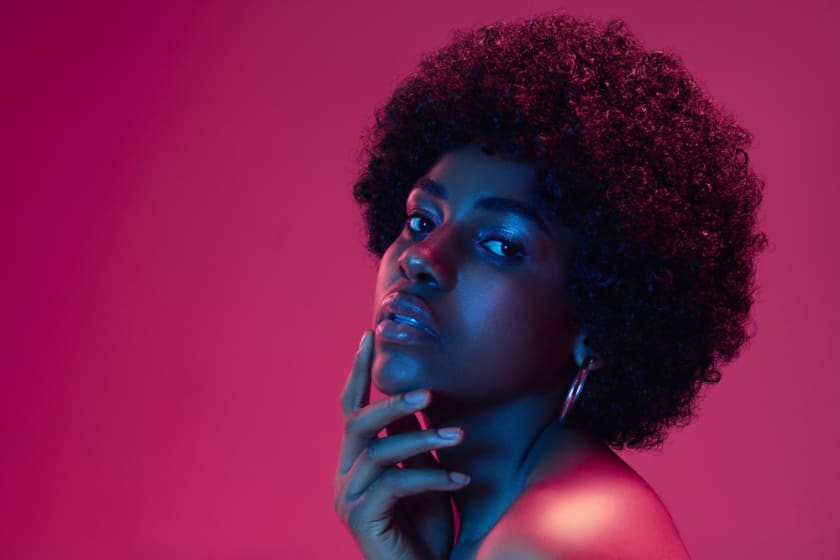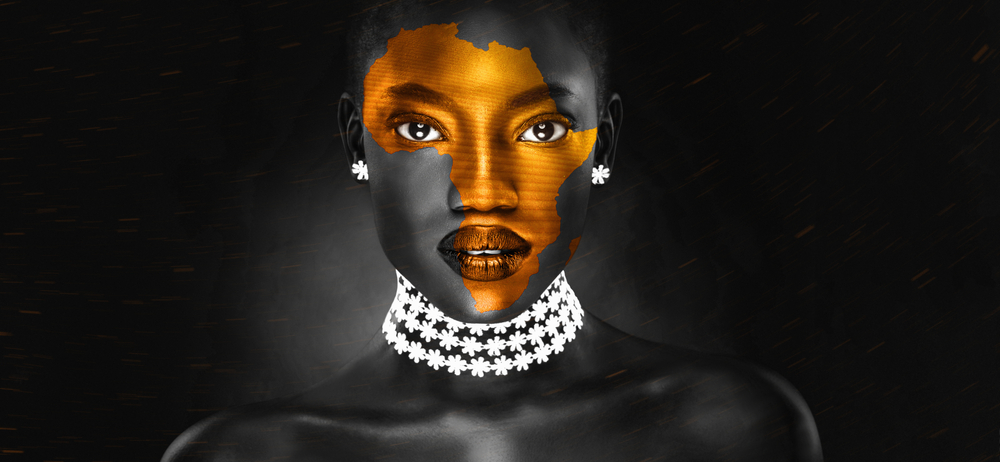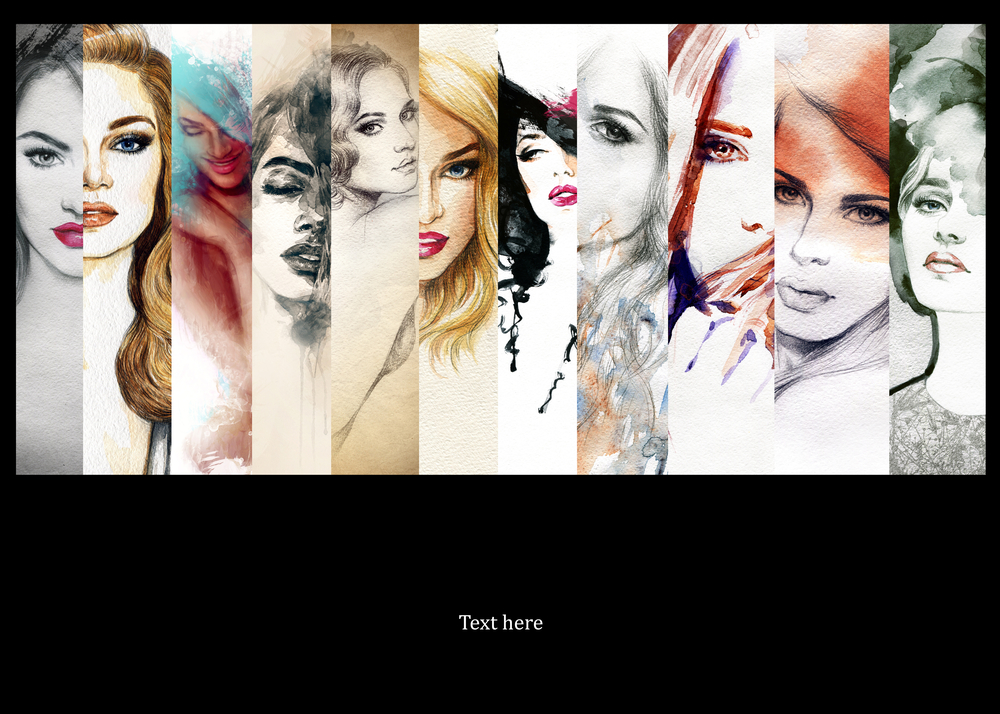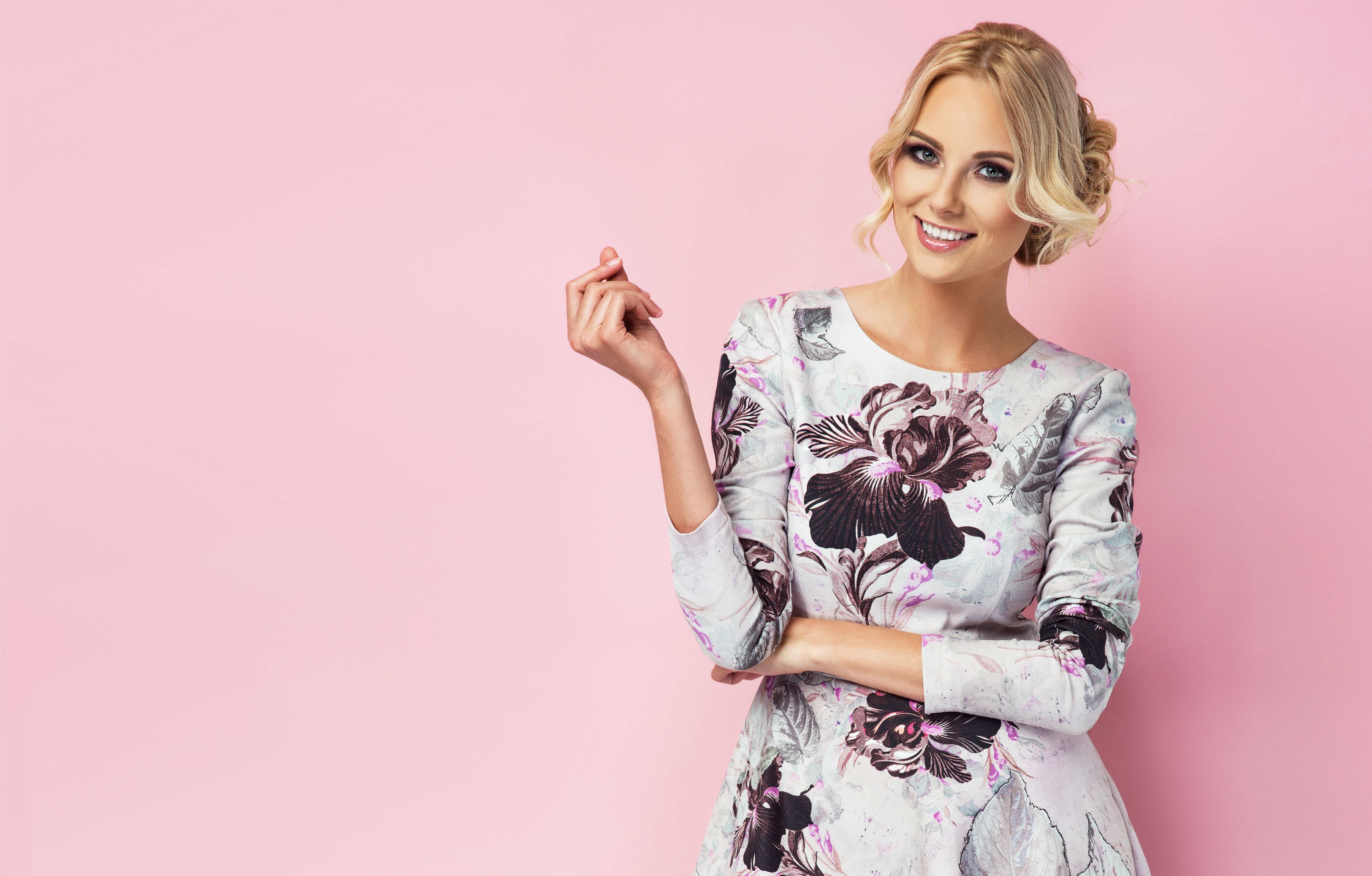Greatest Examples of Fashion Art: Open Floodgates of Inspiration



Fashion and art go hand in hand. There have been countless times when art has inspired fashion, and vice versa. But does one know of the greatest inspirations that have led to the creation of beautiful fashion by big designers? In this article, we will dive deep into the greatest examples of fashion art that have opened the floodgates of inspiration in fashion.
Fashion art: Inspiration from the ages
- Madame Vionnet: The ancient history artist
Madame Vionnet, who was born in 1876 in north-central France, was renowned as "the architect of dressmakers." She was enthralled by the culture and the beautiful architecture plus art of the Greek and Roman civilisations, as well as by ancient goddesses and statues, during her time in Rome. She developed her aesthetic around these works and combined the styles of such great art and architecture of the Greeks to give the feminine figure a new depth. She reinvented modern fashion with her mastery of draping and bias cutting clothes. Vionnet drew inspiration for her imaginative collections from works of art such as the Winged Victory of Samothrace.
The muse of Vionnet has a remarkable similarity to the masterwork of Hellenistic art. The fabric's broad drape, inspired by the Greek chiton, generates vertical bands of light that run down the figure. The sculpture was made as a tribute to Nike, the Greek goddess of triumph, and is praised for its accurate representation of movement. Vionnet's design has a flowing drapery that recalls the billowing cloth that clings to Nike's body. Dresses, like bodies, may be considered living things with a soul. Vionnet developed garments that rouse people, much like the Winged Victory of Samothrace. Vionnet was able to transmit her idea in mathematical harmony thanks to classicism, both as an aesthetic and design philosophy.

- Alexander McQueen: The Victorian Gothic artist
Alexander McQueen takes the lead in the race for pushing the frontiers of fashion with his violent and delicate creations. He was described as a romantic artist. McQueen, who is passionate about fine art, began each collection with a concept or idea for the runway presentation, which was evocative of avant-garde art and performance. He'd have a sophisticated storyboard with many references from art, movies, and music after the notion.
His Romantic Gothic collection is a combination of Scottish history and Victorian gothic culture. It was depicted in his romantic Exoticism collection. He also explored his interests in other cultures, such as Japan and China, as depicted in his kimono designs and prints, exploring themes in art. He was a forerunner among designers because he saw beyond the physical limitations of clothes.
- Valentino: The piece from Hieronymus Bosch
Valentino's principal designer is Pierpaolo Piccioli. He is particularly drawn to religious artwork from the Middle Ages. For him, the shift from the Middle Ages to the Northern Renaissance serves as a source of inspiration. In Spring 2017, he teamed with Zandra Rhodes. Together, they developed an exciting collection. Piccioli intended to link late-'70s punk culture to humanism and mediaeval art, so he returned to his Renaissance background, drawing inspiration from Hieronymus Bosch's masterpiece The Garden of Earthly Delights. During the 16th century, the famed Dutch artist was one of the most prominent exponents of the Northern Renaissance. Bosch aimed to show Heaven and the creation of people, the first temptation with Adam and Eve, and Hell, expecting the wicked, in his Garden of Earthly Delights, which he painted before the Reformation. People appear to be satiating their cravings in a pleasure-seeking environment in the centre panel. The inventiveness and sensuality of Bosch's imagery stand out. The entire picture has been regarded as a sin metaphor.
- Elsa Schiaparelli: The dive into Surrealism
From the late 1920s until the 1950s, Elsa Schiaparelli designed colourful Italian clothing and established her name in Paris. Collaborations between Schiaparelli and artists who were also friends led to some of the most well-known pieces of 20th-century haute couture.
Jean Cocteau collaborated on an evening coat that creates the visual effect of a vase of flowers that turns into multiple sides in profile, while Schiaparelli collaborated with Salvador Dali on the 'Lobster Dress.' Elsa Schiaparelli's relationship with the burgeoning art world catapulted her into a new arena. She was interested in art, culture, ideas, and innovation, not just beauty and passing fashion trends. Finally, Schiaparelli stood out in her interactions with the greater intellectual community, and her quirky, elegant aesthetic influenced other designers such as Muccia Prada.
- Dolce and Gabbana: The seduction of Peter Paul Rubens
'With love, scholarship, and diligence,' Peter Paul Rubens portrayed ladies wonderfully. His “Venus in Front of the Mirror” was offered as the ultimate epitome of beauty. Rubens captured her lovely skin and blonde hair beautifully, which contrasts with the dark-complexioned maidservant. The mirror, which frames the lady like a picture while delicately highlighting the figure's nakedness, is the ultimate emblem of beauty. Cupid holds up a mirror for the goddess, which exposes Venus's reflection as a symbol of sexual desire. Rubens, one of the creators of Baroque painting, impacted various fashion designers, including Dolce & Gabbana, with his belief that "colours are more essential than lines."
Domenico Dolce and Stefano Gabbana sought to develop a campaign that celebrated both the sensuous and romantic aspects of female beauty. The most acceptable source of inspiration was Peter Paul Rubens. The legendary duo's masterpieces were inextricably linked to the work of the Flemish artist. Models stood with tremendous grandeur in this series, as if they had just stepped out of one of Rubens' paintings. The set was created to seem like baroque mirrors with needlework accents. The pink brocade outfit was brilliantly highlighted by the beauty of the models and the pastel colour scheme. The fashion designers' decision to use a broadcast of models further highlighted the body shape of the time.
- Versace: The Greek myth
Andy Warhol's vividly coloured, silk-screened pictures of Marilyn Monroe and other iconic icons were included in Gianni Versace's Spring 1991 collection. Gianni Versace was inspired by a variety of sources, including African tribal art and ancient Greek art, in addition to modern art. Versace's adoption of the medusa skull as their trademark, which signified feminine strength, reflected the impact of Greek mythology. A glimpse at Medusa would convert one to stone: she astonished many with her dominant demeanour and serpent in her hair, which she acquired after losing a spouse during an affair. Versace returned to his Italian origins by studying holy paintings by Renaissance painter Botticelli. Many of Versace's collections include delicate materials and sinuous cuts, with figures represented as sirens and mermaids, echoing settings from neoclassical to romantic art.

- Balenciaga: A history of Mannerism
Cristóbal Balenciaga was a great fashion master who revolutionised women's fashion in the twentieth century. He was born in a tiny hamlet in Spain and infused his current works with the soul of Spanish art history. Balenciaga was influenced by the Spanish Renaissance throughout his career. He drew inspiration from Spanish nobility and church members regularly. Balenciaga turned religious and monastic clothes into accessible fashion masterpieces during the period.
El Greco, also known as Dominikos Theotokopoulos, was one of his greatest influences. There is a similarity between the cardinal's cape and Balenciaga's design when looking at El Greco's Cardinal Fernando Nio de Guevara. The picture represents Fernando Nio de Guevara, a Spanish cardinal during El Greco's stay in Toledo. El Greco's thoughts were influenced by Neoplatonism during the Italian Renaissance, and he portrays the cardinal as a symbol of God's grace in this image. Mannerism is evident throughout the picture. The extended figure with the tiny head, the beautiful but strange limbs, the strong colours, and the abandonment of classical measurements and proportions are all evidence of this.
This lavish evening coat from Balenciaga's 1954 collection demonstrates his enthusiasm for historical costumes. He had the foresight and aptitude for reimagining forms for today's fashion. This coat's oversized statement collar echoes the cardinal's cape's bagginess. The cardinal's scarlet robes represent blood and his readiness to die for his religion. The vibrant red colour was considered exceptional by the famed designer, who was known for his bold colour combinations and dazzling colours. Eliminating the waistline and replacing it with flowing lines, simple cuts, and three-quarter sleeves was his greatest invention—Balenciaga altered women's fashion by doing so.
If readers are interested in learning more about fashion and its greatest inspirations, then do visit Fashinza. Fashinza is a business-to-business (B2B) garment manufacturing platform. We link garment manufacturers with vendors to help them produce their collections. The partner brands simply need to place the order; we handle the full production process from design to delivery. The Fashinza platform allows companies to place orders, track them, get daily production updates, contact producers, and pay for them. Fashinza makes the garment production process simple, quick, and transparent.



















